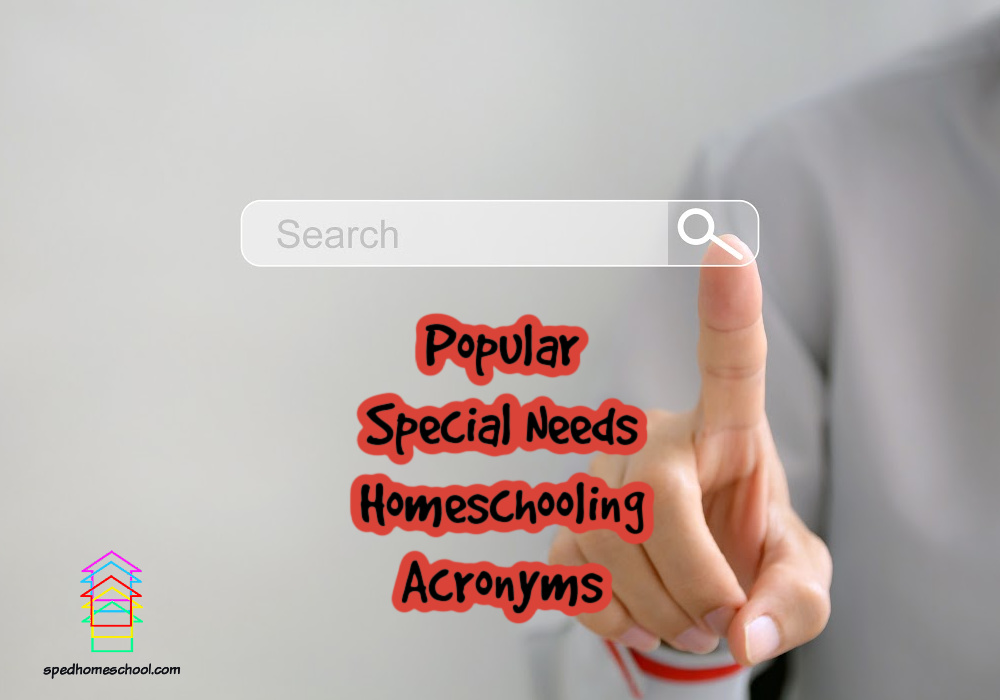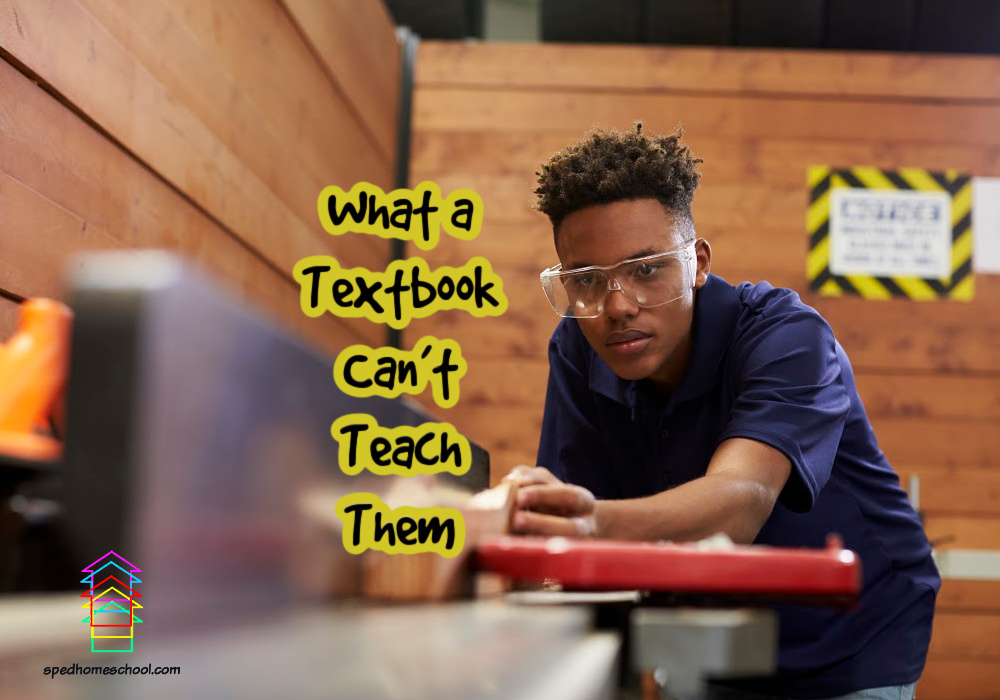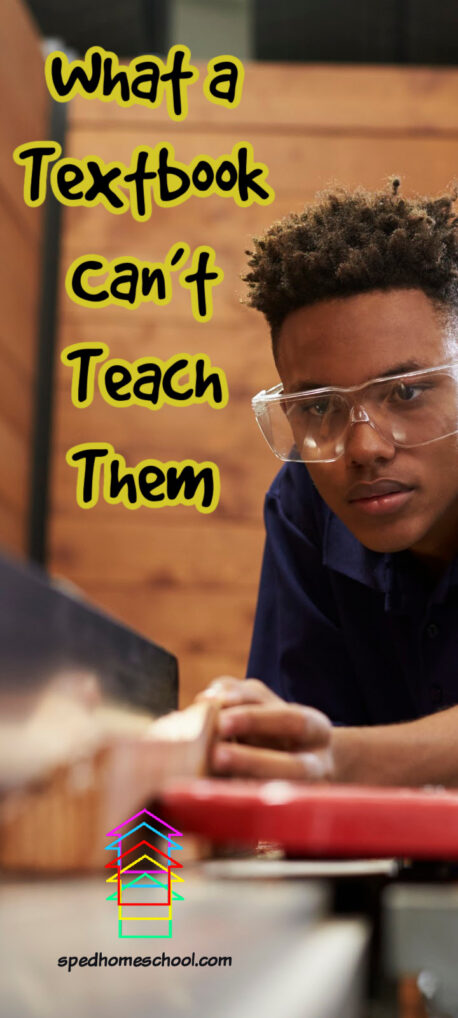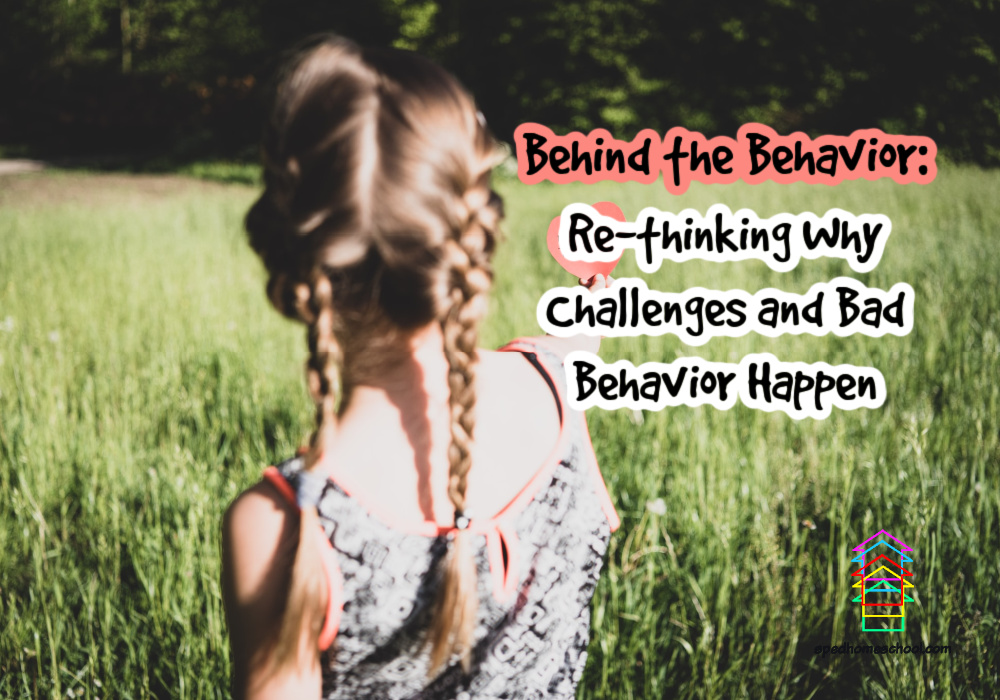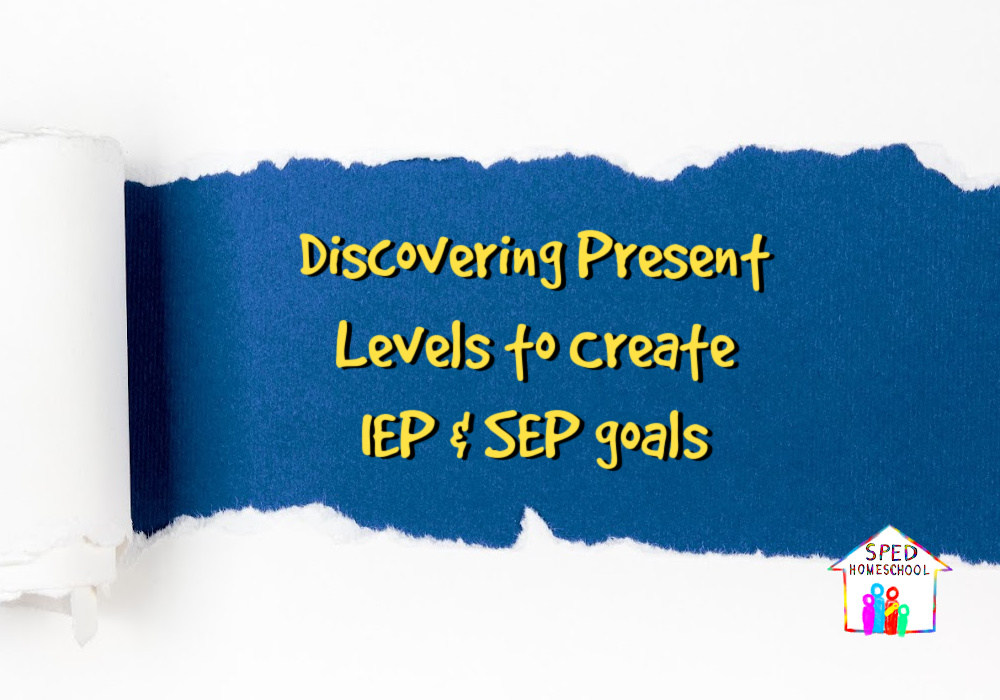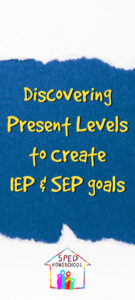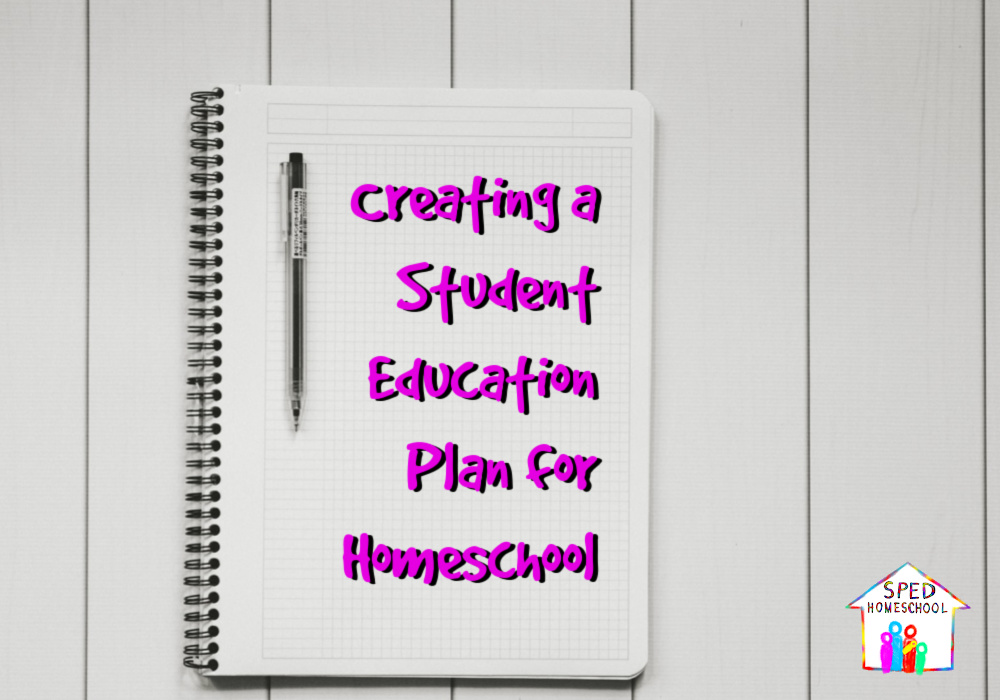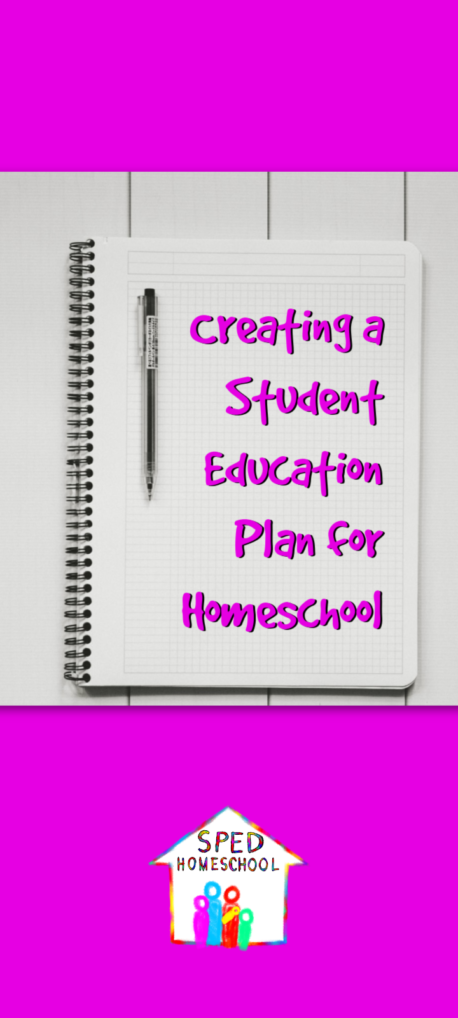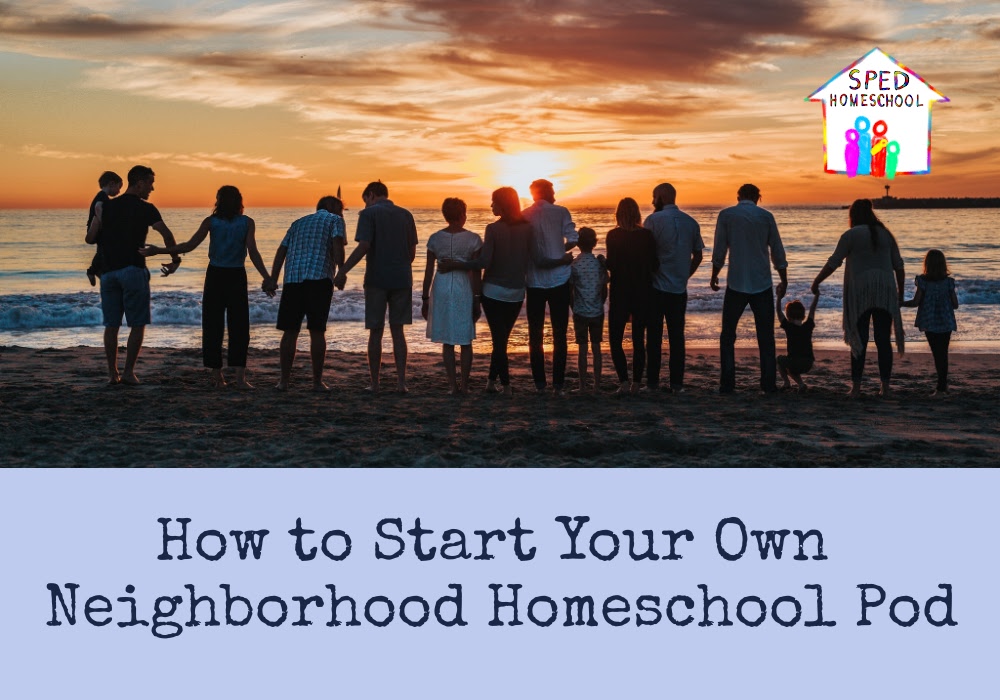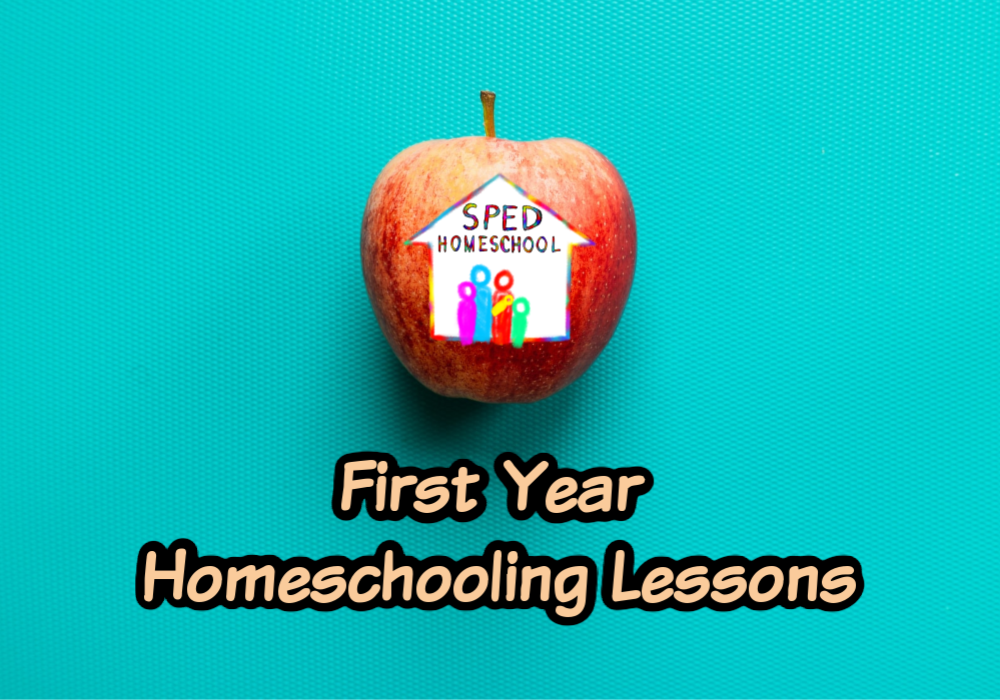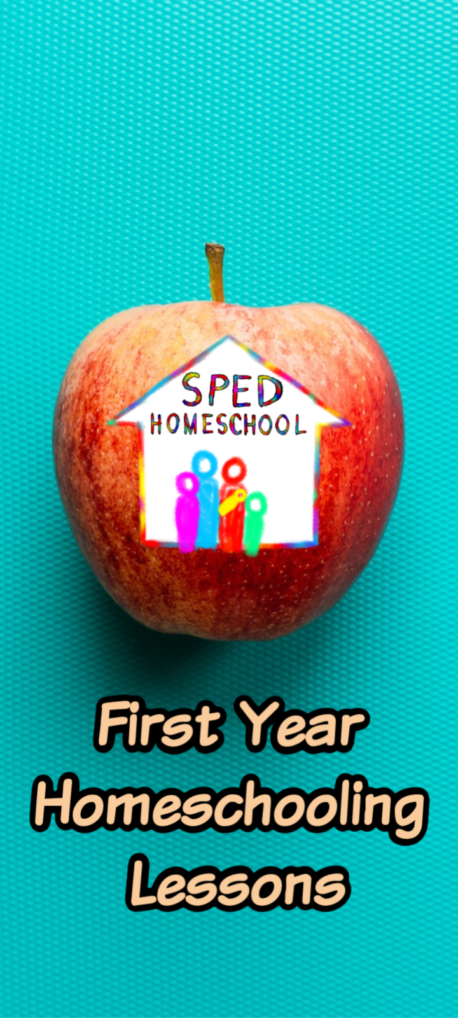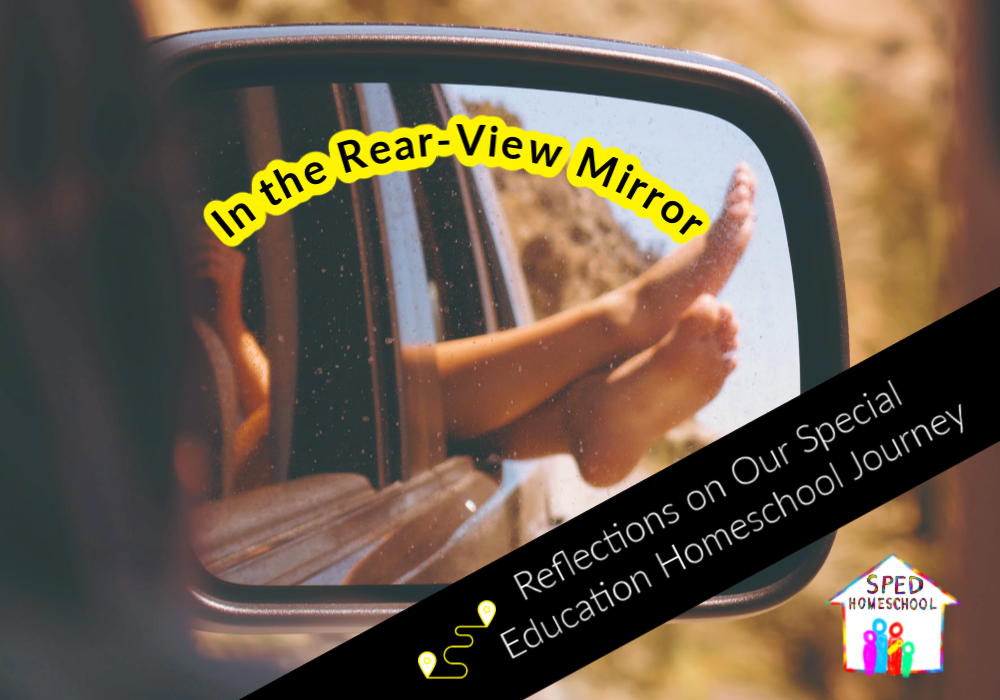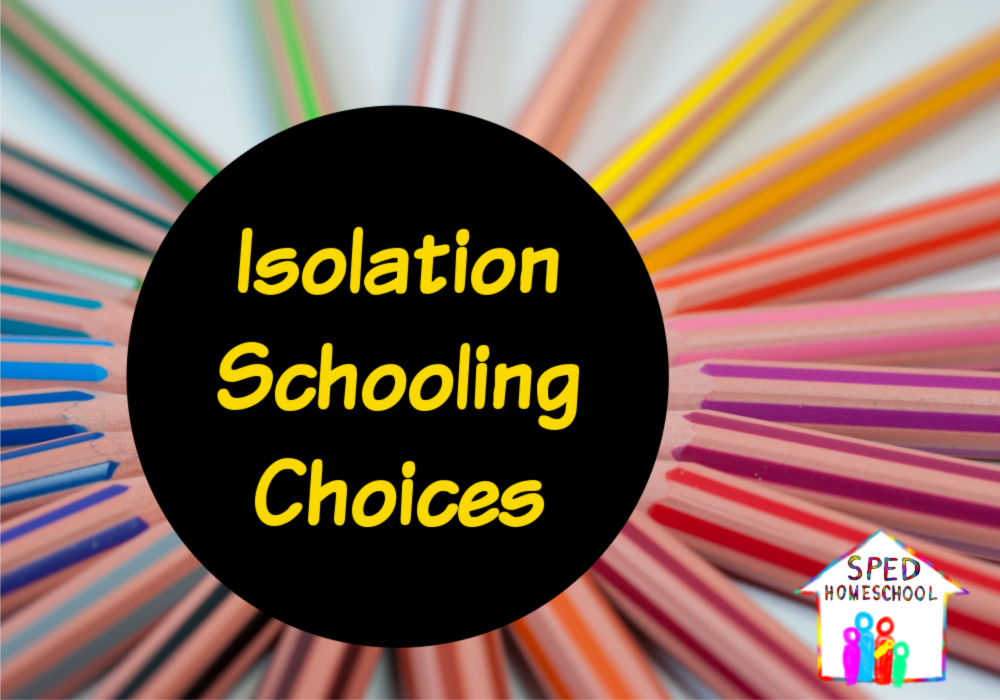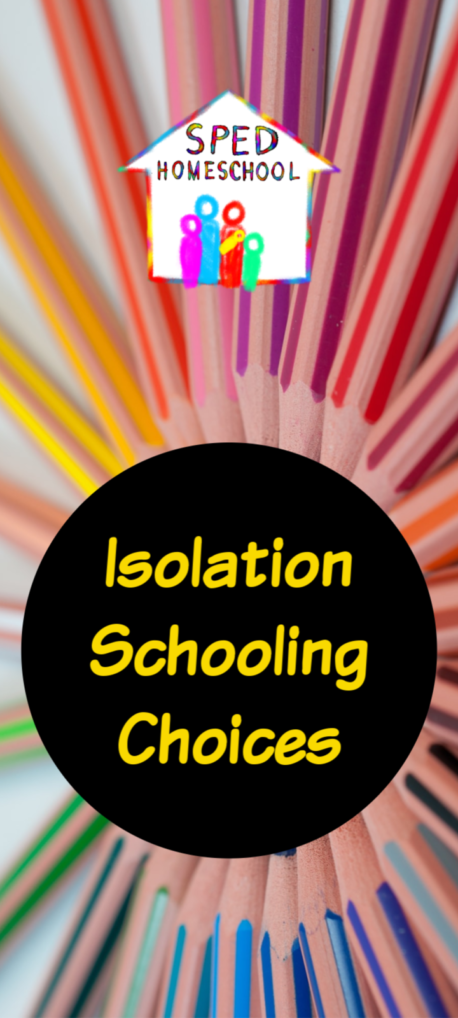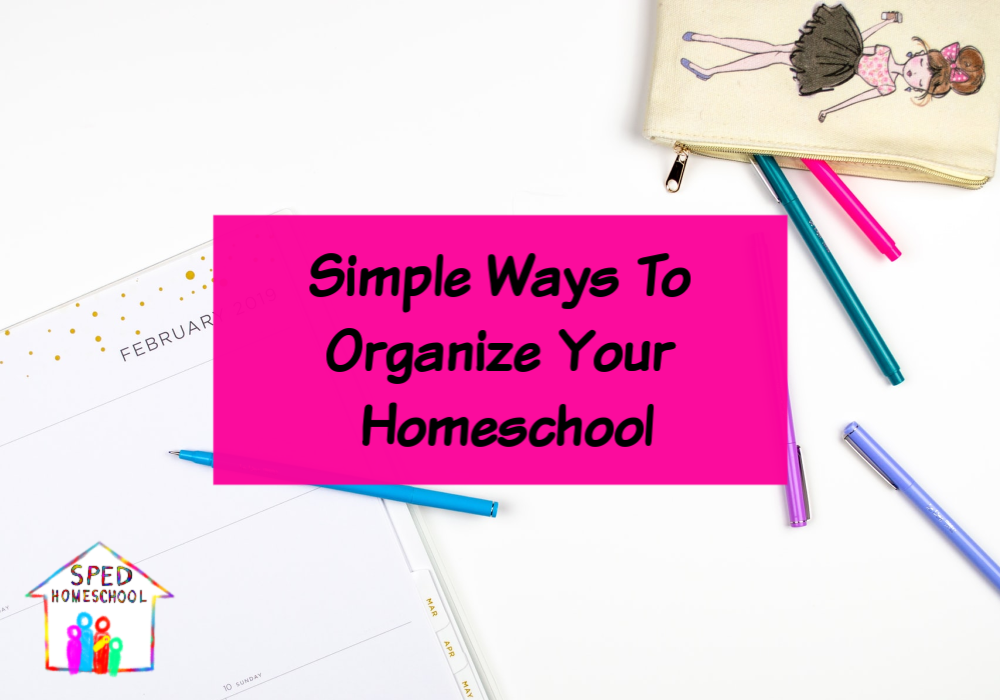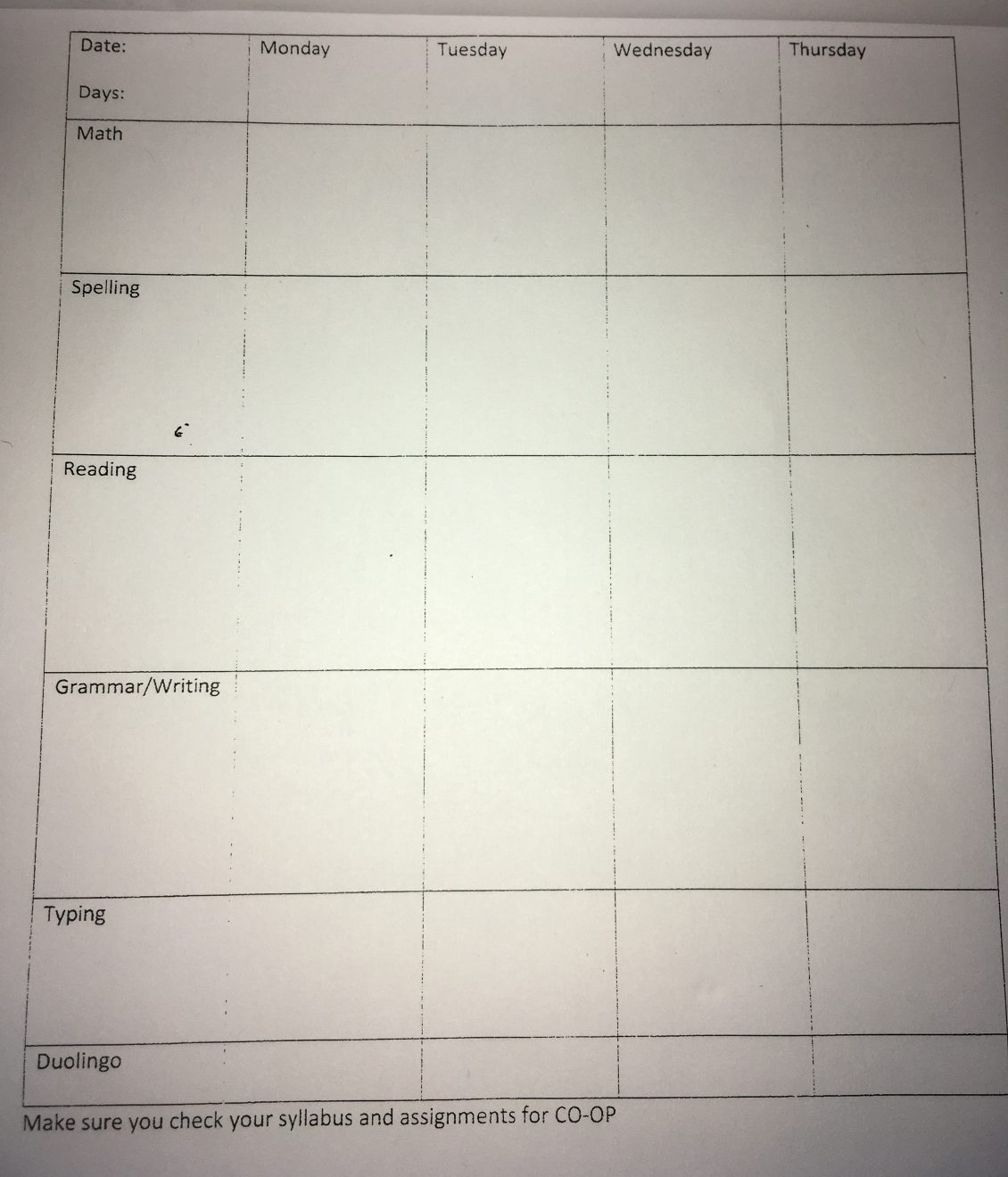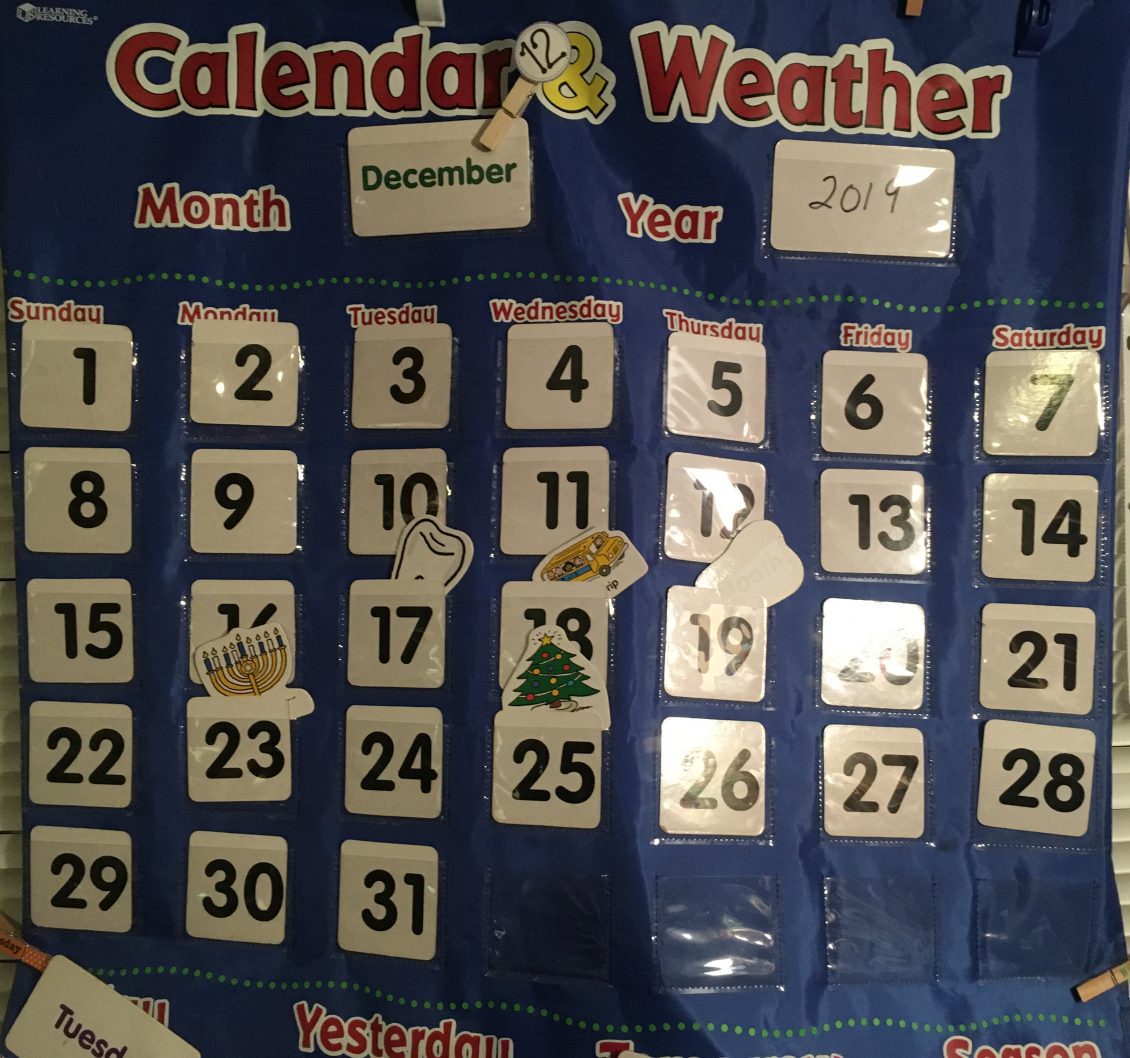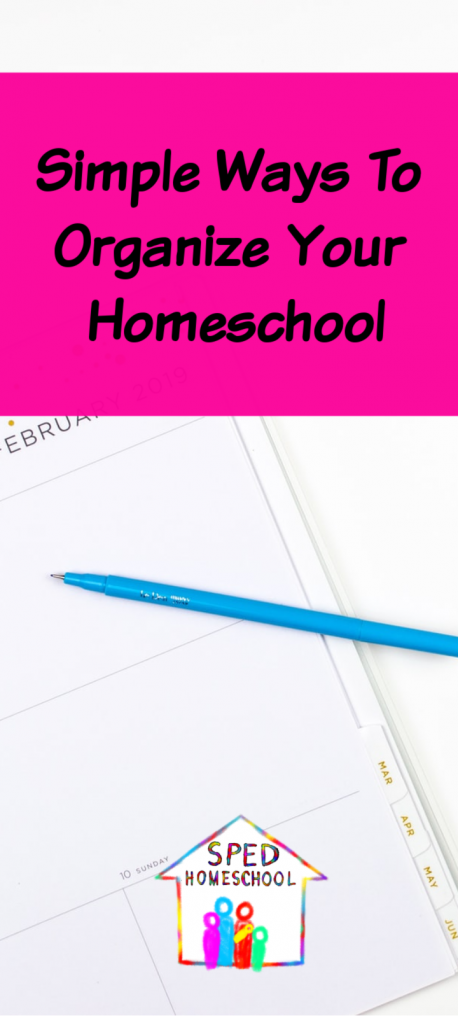Many years ago, apprenticeships were the norm to learn a trade from a dad, mom, neighbor, family friend, or local business person. For some reason, Little House on the Prairie comes to mind. Today, society leans more towards internships for young people – paid or non-paid – designed to help a young person see firsthand IF this is the path one might want to take professionally. Notice that I stressed the “IF”. Just ask a parent who has invested thousands of dollars in their child’s college education, only to have them change their major, tacking on more years of tuition to complete the new degree path. Or, ask a man or woman who graduated with a degree and then shortly afterward realizes they are miserable in their chosen career path. Internships and volunteering can be helpful tools to aid in thwarting off ‘the regrets.’
Let’s take Pedro, for example. He was a young man I started mentoring while he was in high school. He majored in Biomedical Sciences (BIMS) at a prestigious university. He knew this degree path would prepare him to fulfill his childhood dream to become a doctor. He worked diligently to make the necessary exemplary grades to later get into graduate school. During this last semester, he had multiple internships with doctors and in various medical practices. However, his last internship was with a Physician’s Assistant. I distinctly remember his phone call to me, “I know this is what I want to do now!” Of course, he was surprised he wasn’t going to medical school as planned – I had even paid for him to take an MCAT prep course and the MCAT exam. But, he was so confident about this decision that I didn’t question it. Had it not been for that internship, he may have spent many years and tens of thousands of dollars on something he was not ‘called’ to do.
Honestly, I think it is never too early to start your child volunteering. Parents have the opportunity to model this for their children as well. I was fortunate to have such parents – a mom who drove carpool, baked cookies for bake sales, mom and dad who gave tours at an historic park, grandparents who were always up at the church helping out, etc. Volunteering is a great expression of selfless service. Teens tend to be self-absorbed – not a criticism. It is just that time of their lives they are concerned with what others think, personal appearance, competing against peers, and having the most friends/followers/likes on social media. Do I hear you sighing?
Encouraging your teen to volunteer gets them outside of themselves, which could set a lifetime habit of doing so as an adult. If they are talking about future college/career paths, then you have a double bonus if you can find a volunteer opportunity in a field that your teen seems to be curious about. The best way to do this is to let others know – lots of people – think outside the box. Better yet, have your teen do an internet search of businesses/organizations and reach out to them personally to ask to volunteer. Too many teens want to hide behind an email or text message. Note…”personal” is a phone call or in-person; harder for people to say no in person, I’ve learned.
If you have a mature, responsible teenager, I would focus on having them ask for an “internship”. In probability, it will be non-paid, but as I mentioned earlier, this could potentially save you and your child a great deal of money, grief, stress, and/or regret in the not-so-distant future.
I have young people ask me what should they say when they reach out to someone for help. In this case, helping is researching career paths and helping to build a well-rounded resume. My answer is to tell them exactly what you want, why you want it, and ask for it, then thank them. Works like a charm – confident expectation that you will get a “yes” from someone. They need to do this, not you. That’s a topic for another blog!
But, what if your son/daughter has a learning difference(s)? It is even MORE important to have them volunteer and/or seek an internship. The earlier, the better. I know that my daughter, who has ADHD, would suffer and be miserable if stuck indoors, in a cubicle, able to hear others’ conversations (she has sensory issues as well), and on a computer screen all day. There are certain jobs we know to cross off the list of career options. Perhaps they have social anxiety? Do they take a bit longer to process information? Do they need to work with their hands to learn effectively? You need to know what the obstacles and struggles are and work to match the best options.
By all means, I never discourage young people from pursuing their dreams – but, I do make sure they are keenly aware of their skill sets, areas of giftedness, likes/dislikes, needs, and limitations. Perspective is not judgment. Proper perspective yields clarity. And clarity yields confidence. And confidence yields, well, happier/resourceful people. Every parent I’ve ever spoken with, no matter the concern or source of frustration, tells me that they simply want their child to be happy – and this is what I want for them as well.
BIO:
Renee Sullins, founder of Renee Sullins Coaching, is a Life and Health Coach, specializing in working with teens and college students. She can be reached for a complimentary consultation and for more information through her website: www.reneesullinscoaching.com
